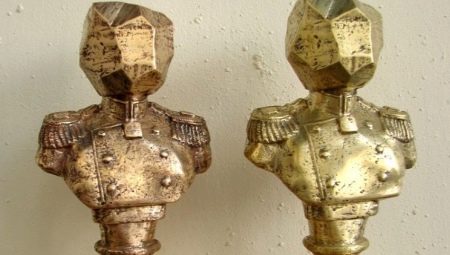Often when acquiring antique jewelry, utensils, figurines made of copper alloys, it becomes necessary to identify the metal from which they are made. This is especially important for people involved in the casting and smelting of highly artistic products and jewelry. But how to distinguish bronze from brass at home, if there is no way to conduct an examination in the laboratory.
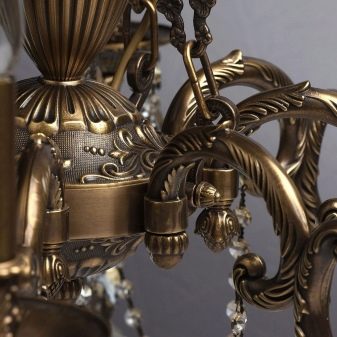
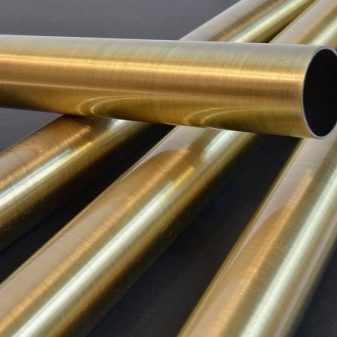
General characteristics of metals
Brass and bronze are two outwardly similar alloys based on copper, from which many decorative and technical products are made. Both metals have a low melting point, which allows them to make different products from them with their own hands. Despite the similarities, they have completely different chemical composition, color and physical properties. However, it is rather difficult for an ordinary person not involved in metallurgy to identify them.
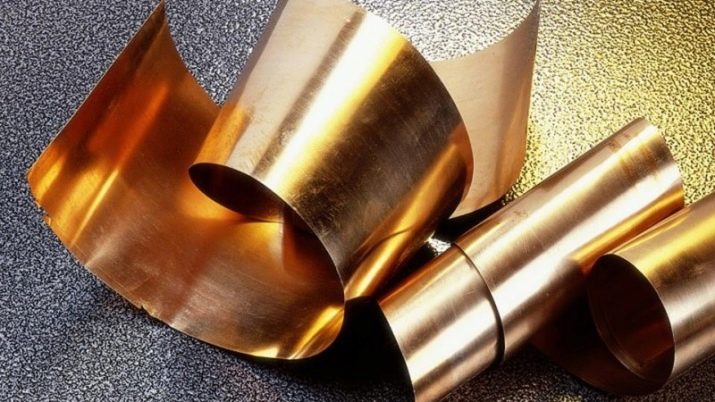
Brass
It is based on zinc, sometimes with the addition of other elements (nickel, tin, manganese, lead, iron, bismuth and others). Metal was known long before our era. Thanks to a color reminiscent of gold, ancient Roman coins, various household items and jewelry were minted from brass. In the modern world, alloy is most often used to produce bimetal steel-brass, from which art products and decorative fittings are made.
Brass is not resistant to abrasion, but is characterized by high ductility and good anti-corrosion properties. Easily lends itself to various types of welding (gas, arc) and easily rolled. Products from it have a yellowish color, are well polished. It is not a ferromagnet.A variety of deformable brass alloy called tompak is especially popular. It contains 88-97% copper, and the rest is zinc. Due to its high plasticity, it is widely used in art casting, for the manufacture of insignia, wind instruments.
Often this alloy is used to simulate gold. Now they make school gold medals coated with real gold.
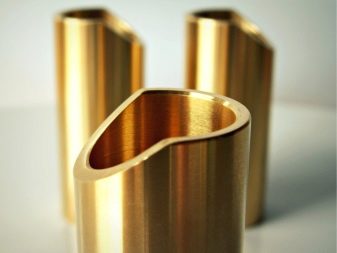
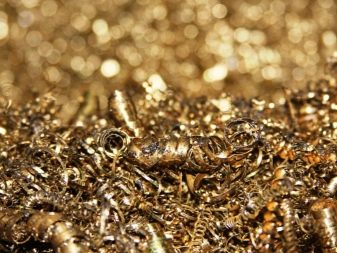
Bronze
This is a copper alloy, where the main element is tin or other chemical elements (nickel, aluminum, silicon and the like). But high-quality bronze is obtained only in combination with tin. Metal appeared in human life at the beginning of the Bronze Age. The most ancient products from it date back to the 5th millennium BC. The classic version of its use in the recent past is the casting of bells and cannons.
In the molten state, the metal has good fluidity, which allows you to cast from it any, even the most complex forms. Due to its high resistance to mechanical abrasion and corrosion resistance, the material is used in mechanical engineering, rocket technology, aviation, and shipbuilding. And due to the fact that the alloy is not exposed to the negative effects of atmospheric phenomena, it is used for casting sculptures, monuments, and decorative elements of the exterior.
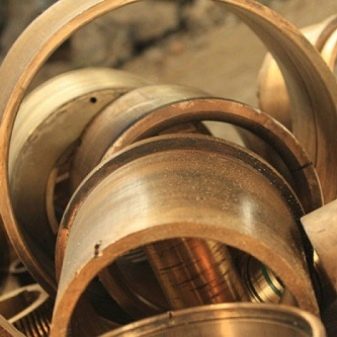
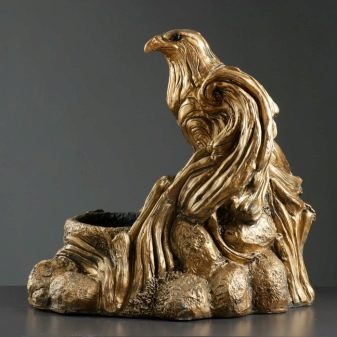
Comparison criteria
Despite the fact that metallurgy has clear criteria for the difference between these two alloys, in real life an uninformed person hardly identifies them with accuracy.
Structure
The obvious differences between metals can be traced only if the alloys do not contain impurities. However, now there are a large number of their varieties, which makes identification difficult. Brass is indicated by the letter “L”, subsequent symbols in the marking indicate the presence of the main elements and the average copper content in percent. For example, L70 means 70% Cu content, and LAZH60-1-1 consists of 60% copper, 1% aluminum and 1% iron.
In a brass alloy, copper combines with zinc, which gives the metal ductility and a low degree of wear resistance. This is the main additional element, but brass can be two- and multicomponent. Its different types differ.
- Deformable alloys. They are used in the production of machine parts, pipes, springs.
- Foundries. They are used to make bearings, fittings, and devices designed to operate in high temperature and aggressive environments.
- Jewelry brass. It is used to make jewelry, medals, decor elements, art products.
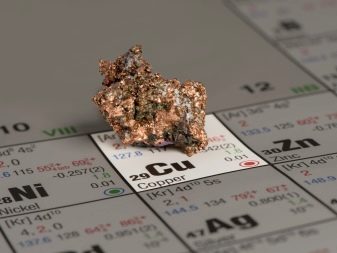

In bronze, copper is alloyed with tin, which makes the metal stronger, stronger and more durable. But sometimes aluminum, beryllium or magnesium appear instead. There are also several types of bronze.
- Tin bronze, in another way "bell-shaped". The main alloying element is tin. The alloy has good corrosion resistance and high antifriction properties.
- Tinless alloys. They use other components (aluminum, lead, beryllium, silicon and the like). These alloys are much softer and more ductile. The color of the material depends on the components it contains. For example, aluminum bronze has a characteristic golden yellow color, which is why it has long been used as a substitute for gold for the production of coins and jewelry.
The most famous of tinless alloys is constantan. This thermostable metal with high resistivity contains copper (about 59%) with the addition of nickel (39-41%) and manganese (1-2%).
By the way, the percentage of copper is not indicated in the markings of bronze alloys, it is calculated. For example, BrA9Zh3L contains aluminum - 9% and iron - 3%. The letters "Br" mean bronze, and "L" - foundry.

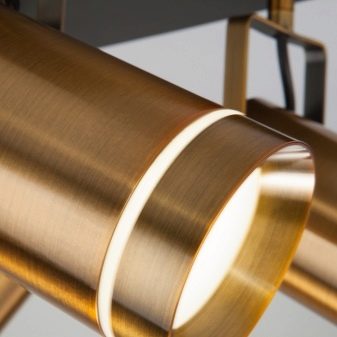
Appearance
Due to its high zinc content, brass is similar in color to real gold. However, the shade directly depends on the percentage of a chemical element. Therefore, the range of colors can vary from pink-red to golden yellow. As a rule, brass looks like a yellow-gold metal.
A bronze alloy is distinguished by a silver-white tone if more than 35% of tin is present in its composition. If its content reaches 40%, then the color of the metal is closer to white, resembling steel. Items made of such bronze have a silver color with a light golden hue. If a large proportion of copper (more than 85%) is observed in the composition, then the color of this metal is closer to red or dark brown.
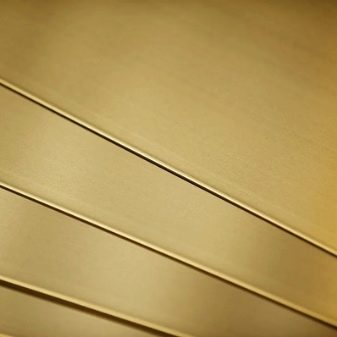
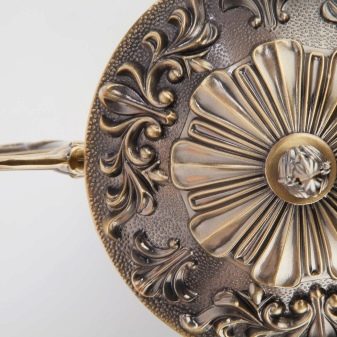
Weight and strength
Brass is a more brittle and less durable material, prone to rapid wear. It is not used where high abrasion resistance is needed. Due to the low density of zinc, brass is much lighter than bronze. Bronze is a wear-resistant and durable material. Due to its plasticity, it is a favorite foundry alloy of sculptors. It is much harder and stronger than brass. For example, a metal with a 27% tin content is obtained as hard, heavy and brittle. I.e the hardness of bronze depends on the percentage of tin in it. But this statement cannot concern tinless alloys.
More precisely, the specific gravity can be calculated by multiplying the density of the metal by the volume of the workpiece.
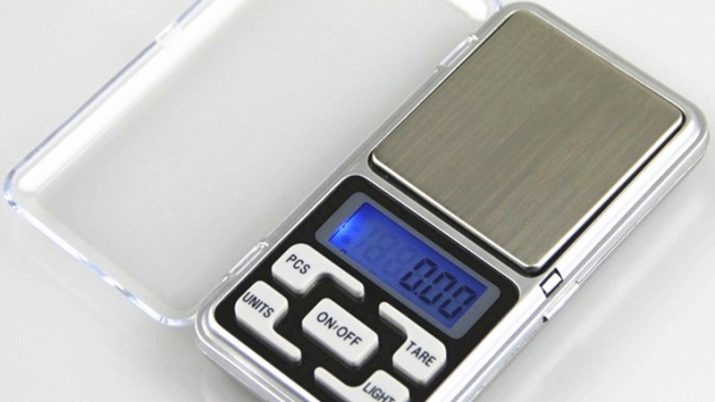
The properties
Brass needs to be improved, so various additional components are introduced into the alloy. Thanks to such alloying, the brass cast alloy is resistant to corrosion, low friction coefficient, high fluidity, low tendency to segregation, excellent technological and mechanical qualities.
Bronze has high strength properties, has a low coefficient of friction. Due to its excellent resistance to the negative effects of an aggressive environment, metal is widely used in shipbuilding and shipping. Copper alloy has a wide range of applications - from decorative interior elements to critical parts.
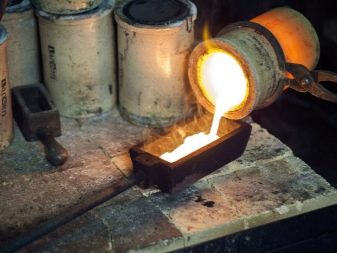

Cost
Brass products are characterized by low cost. It is especially important to know this when delivering scrap metal to collection points. However, price is not a determining criterion, since it depends on the concentration of copper. The more it is, the more expensive the metal. And for bronze, the tin content is also a determining factor. For example, tin bronze is valued higher than silicon.

How to distinguish at home?
In practice, there are several simple and proven methods to help determine metals.
Heating
Heat treatment helps to distinguish among themselves copper alloys. It is carried out using the flame of a powerful burner. For this, the metal sample is heated to 600-650? C. The fire or burner of a conventional gas stove does not provide sufficient temperature. If an ash coating (zinc oxide) appears on the surface of the product as a result of the procedure, and the material itself becomes plastic, then this is brass.
When bending, the metal does not break, but bends. Such ductility and ductility is associated with the presence of zinc in it. If the product became hot when heated, but did not change color or other mechanical characteristics, this indicates bronze. When bent, it tends to break.

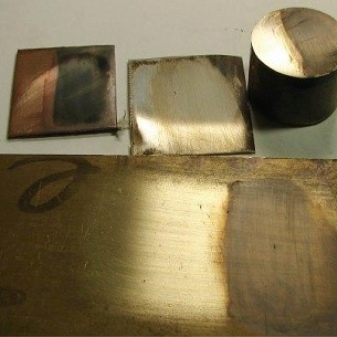
Filing
The essence of the method is to determine the alloy by the quality of the chips formed by sawing a metal product. A hacksaw is used as a tool. Brass is cut into layers, forming curly shavings. And bronze, due to its fragility, is sawn in small flakes, more reminiscent of dust.
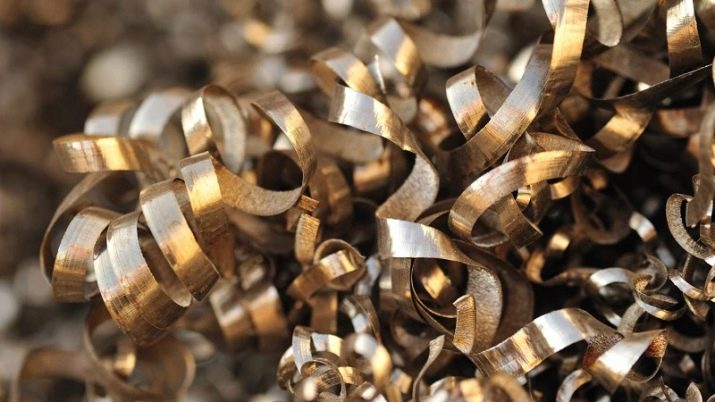
Using a magnet
Not all copper alloys are ferromagnetic. For example, tin and lead have the property of being attracted to a magnet, and it has no effect on brass. For this method of verification, a strong magnet (for example, from neodymium) is required, which must be alternately brought to products from different materials. Bronze will adhere slightly due to the tin, iron or nickel it contains.The higher the content of these components in the metal, the more the bronze product tends to be magnetized. For example, a metal marked BRAZHN-10-4-4, where the digital designation indicates the contents of Fe (4%) and Ni (4%), has a maximum magnetic susceptibility.
Classic brass does not react to neodymium. However, brass alloys containing iron and nickel (LAZ and LAN), respectively, will also be attracted to the magnet. All these facts cast doubt on the effectiveness of the method itself.

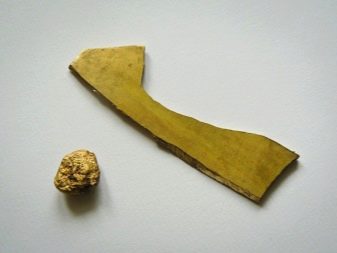
Determination by nature of fracture
Sometimes, when it is not possible to determine the metal in other ways, this can be done by visual inspection of the fracture site. Brass has the ability to break into small grains of whitish or yellowish color. The bronze alloy is broken off in large pieces with a coarse-grained structure. The sectional color has a characteristic reddish hue.
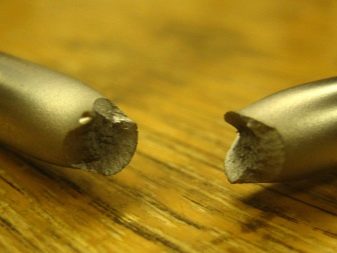
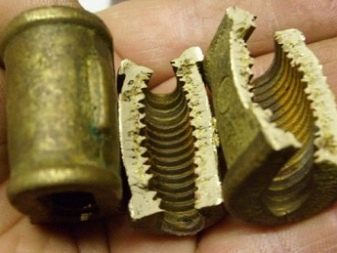
Chemical treatment
Another effective method to distinguish between each other copper alloys is through exposure to a chemical reagent. Only the necessary special equipment and 50% nitric acid (HNO3) are required. Test tubes with a mixture of reagent and metal chips are heated until a white tin precipitate appears, the presence of which indicates bronze. If the liquid remains transparent, it means that it contains brass.
However, this method is not suitable for tinless alloys. In the absence of nitric acid, it can be replaced with a solution of sea salt. In this case, the brass shavings will change color, while the bronze shavings will remain without any visible changes.
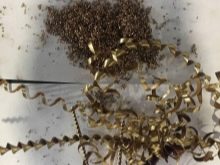

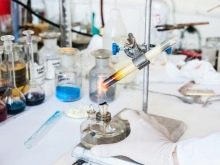
Welding machine
In brass, the welding process will be accompanied by the formation of white smoke, formed due to the burning of zinc. In bronze, as a result of contact with the welding arc, no smoke will be observed.
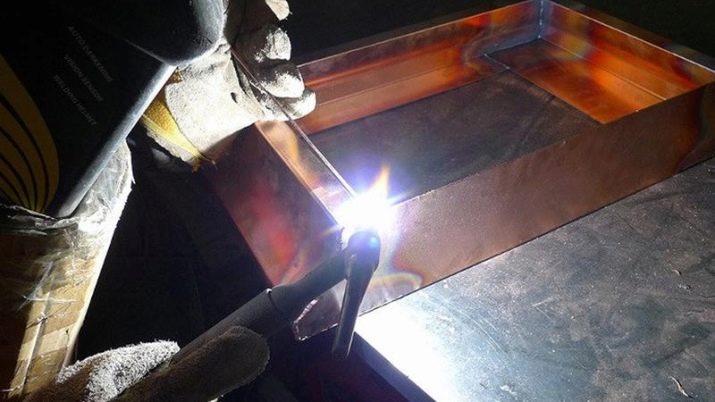
Weight determination
This is another method of distinguishing metals. To identify the difference, you just need to weigh in your hands the same volume of bars of different alloys. The bronze instance will weigh much heavier than the brass blank.
However, the density of the compounds also affects the mass of the product. Therefore, it is not always recommended to use weight as a clear criterion for the difference between metals. For example, bronze with a low tin content (2-8%) is different in that it will weigh lighter than the brass counterpart.

Which is better to choose?
If there is no way to identify the alloy, you can check the metal product in certified centers - and this will be the best choice of composition determination method. Such institutions have compact laboratories where spectral analysis is carried out on special equipment. This method allows you to determine the chemical composition of the material with maximum accuracy. For verification, a special tool is used - a steeloscope. The method is characterized by high sensitivity and the ability to determine the composition without changing the structure of the metal.
Usually at the points of reception of metal there is also such equipment. It is used to quickly and accurately identify ferrous and non-ferrous alloys. And also this method is good in that even a small copy is enough for its application.
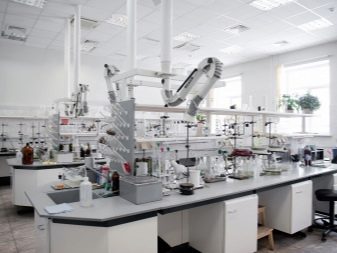
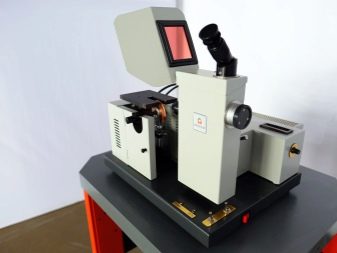
See how to distinguish between metals in the next video.
